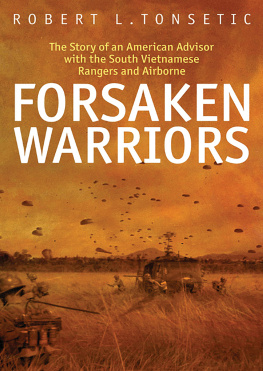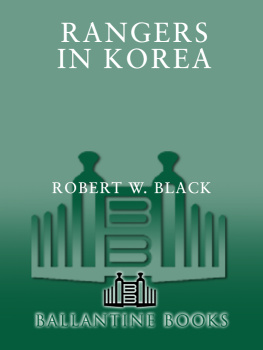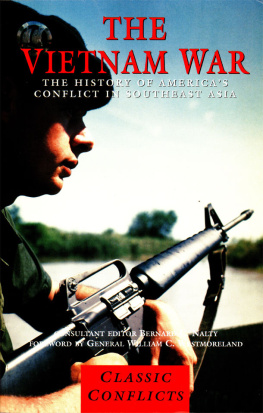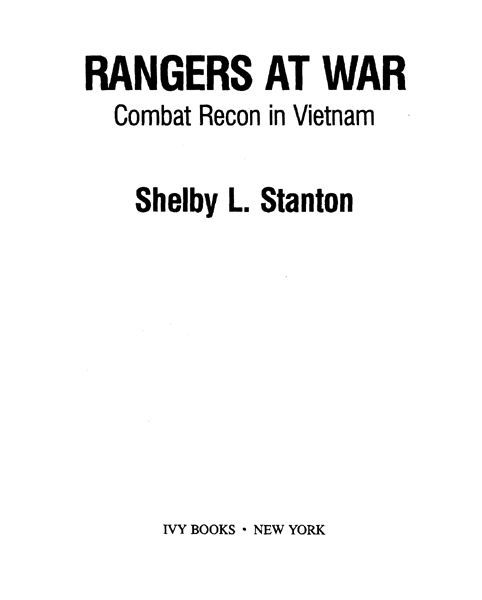More praise for RANGERS AT WAR
Excellent Fascinating The author covers an important part of the war ignored by many.
Richmond Times-Dispatch
A significant contribution to the operational history of the Vietnam War Not every fire fight was a victory, not every Ranger a hero, but in Stanton the men in black berets have a worthy chronicler.
Publishers Weekly
Also by Shelby L. Stanton:
VIETNAM ORDER OF BATTLE
ORDER OF BATTLE: U.S. Army World War II
THE RISE AND FALL OF AN AMERICAN ARMY
GREEN BERETS AT WAR
ANATOMY OF A DIVISION
AMERICAS TENTH LEGION
SPECIAL FORCES AT WAR
U.S. ARMY UNIFORMS OF THE VIETNAM WAR
U.S. ARMY UNIFORMS OF WORLD WAR II
SOLDIERS: A Portrait of the United States Army
Ivy Books
Published by Ballantine Books
Copyright 1992 by Shelby L. Stanton
All rights reserved under International and Pan-American Copyright Conventions. Published in the United States by Ballantine Books, a division of Random House, Inc., New York, and simultaneously in Canada by Random House of Canada Limited, Toronto.
No part of this book may be reproduced or transmitted in any form or by any means, electronic or mechanical, including photocopying, recording, or by any information storage and retrieval system, without permission in writing from the publisher.
Library of Congress Catalog Card Number: 91-35114
eISBN: 978-0-307-78982-2
This edition published by arrangement with Orion Books, a division of Crown Publishers, Inc.
v3.1
To those soldiers assigned or attached to U.S. Army reconnaissance and ranger units who sacrificed their lives in Southeast Asia
CONTENTS
ACKNOWLEDGMENTS
The author expresses his sincere appreciation for the expert assistance provided by innumerable individuals and government agencies contacted during the research for this book. In addition to the many ranger veterans themselves, the author wishes to extend special thanks to Richard Boylan at the Suitland Reference Branch of the National Archives for his cooperation in accessioning important patrol documents; Brig. Gen. Harold W. Nelson, Dr. David W. Hogan, Romana Danysh, and other members of the U.S. Army Center of Military History for material concerning ranger operations and lineage; ranger regiment commander Col. David L. Grange and his 75th Infantry staff at Fort Benning for detailed information on ranger activities; Lt. Col. Robert H. Huckabee of the Army Special Operations Branch for general support; fellow members of the 75th Ranger Regiment Association and the Ranger Regiment Association for insights and contacts; Assistant Secretary for Veterans Liaison Allen B. Clark Jr. and John P. Lawton at the Department of Veterans Affairs for helpful insight; and the Director of Freedom of Information and Security Review at the Department of Defense for expeditious review.
The author also wishes to express his appreciation to all at Orion Books who helped get this story between covers, including (but not limited to) James OShea Wade, Stephen Topping, Candace Hodges, Pamela Stinson, Ted Johnson, Leonard Henderson, and John Sharp.
INTRODUCTION
The U.S. Army combat reconnaissance and ranger campaign of the Vietnam war represented an important military adjunct to regular operations throughout the prolonged conflict. Patrol units were formed as field expedient organizations out of battlefield necessity, and their employment varied according to higher command objectives and terrain dictates. This book examines the actual methodology and contrasting experiences of Army long-range patrol elements by describing recon and ranger operations on a unit-by-unit basis. In this manner, the author has endeavored to provide an accurate and useful account of ranger utilization and lessons learned during the Vietnam era.
This volume describes Army combat reconnaissance by focusing on Army long-range patrol units as they originated and were incorporated into ranger components. An overview of ranger advisory and training efforts is also presented. To ease the process of historical review within the context of the larger Vietnam conflict, the reconnaissance record of each command is addressed separately. An overall chronological sequence would have clouded important wartime considerations that determined separate ranger development in different geographical regions. Likewise, strict adherence to the final lettered series (AP) of the 75th Infantry ranger companies would have infringed unfairly on earlier patrolling organizations with other regimental sequences.
The original variant spelling of Lerp instead of Lurp is preferred within this text. Some recon veterans might be troubled by this relatively minor aspect of terminology, but both alternatives stem from vowel-inserted pronunciations of the official Army abbreviations LRP and LRRP for L ong- R ange P atrol and L ong- R ange R econnaissance P atrol, respectively. In the early 1960s the first European-based LRRP detachment members used Lerp as an extraction of long rang e r econnaissance p atrol, a spelling also influenced by the prevalence of e as in Germany or Europe. The earlier version is used in this book out of respect for historical seniority, although Lurp later gained more acceptance in Vietnam and among many postwar publications.
Ranger elitism is a popular concept, but military history cannot become anchored on fabled exaggeration. Modern ranger concepts must be grounded on a solid foundation of historical objectivity, where a true understanding of ranger strengths and weaknesses might still contribute significantly to todays national defense. The Armys combat reconnaissance and ranger record of the Second Indochina War was highlighted by individual valor accented by dedicated professionalism, but it was also marred by occasional tragic misapplication, inadequate training, and general inexperience inherent within the one-year combat tour rotation policy. The narrative thus encompasses ranger successes as well as failures in Vietnam, but latter examples were selected solely to illustrate doctrinal lessons and not intended to disparage unit or individual integrity.
During the compilation of this book the author was ably assisted by many ranger and recon veterans, and well served by the military historical records that preserved many facets of the true ranger story in Vietnam. The author is indebted foremost to his excellent ranger instructors while becoming qualified as a Ranger School graduate and to his ranger comrades and superiors while serving as a wartime ranger detachment officer. This primary experience was coupled with the later acquisition of a legal education that facilitated a thorough review of many primary taped combat interviews, court-martial records, official reports of inquiry, and unit after-action reports. These primary sources were either surveyed during the war or researched in government and military archival collections, and they are specified in the endnotes.
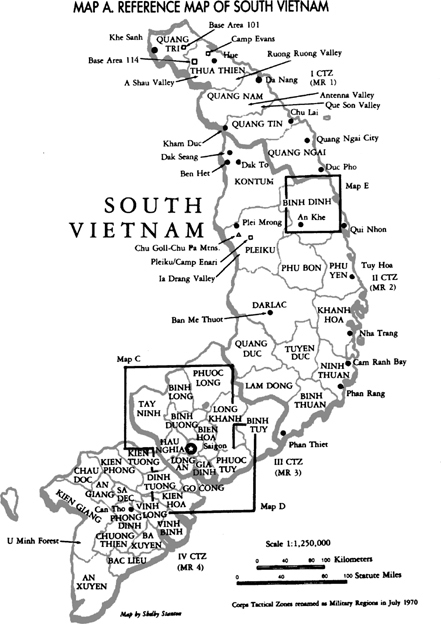
RANGER DEVELOPMENT
RANGER BACKGROUND
The United States Army ranger traditions were forged in the European struggle for the North American continent that predated the birth of the nation. During the Imperial Wars from 1689 to 1762, the British raised contingents known as American Provincials for specific campaigning operations against Spanish and French forces. These units were formed outside the standard colonial militia system. Officers of the Provincials were selected on the basis of their fighting experience and individual reputations for bravery. The troops were recruited from hardy woodsmen and other rugged volunteers who responded willingly to the prospects of wilderness adventure and inducements of hearty bonuses.



